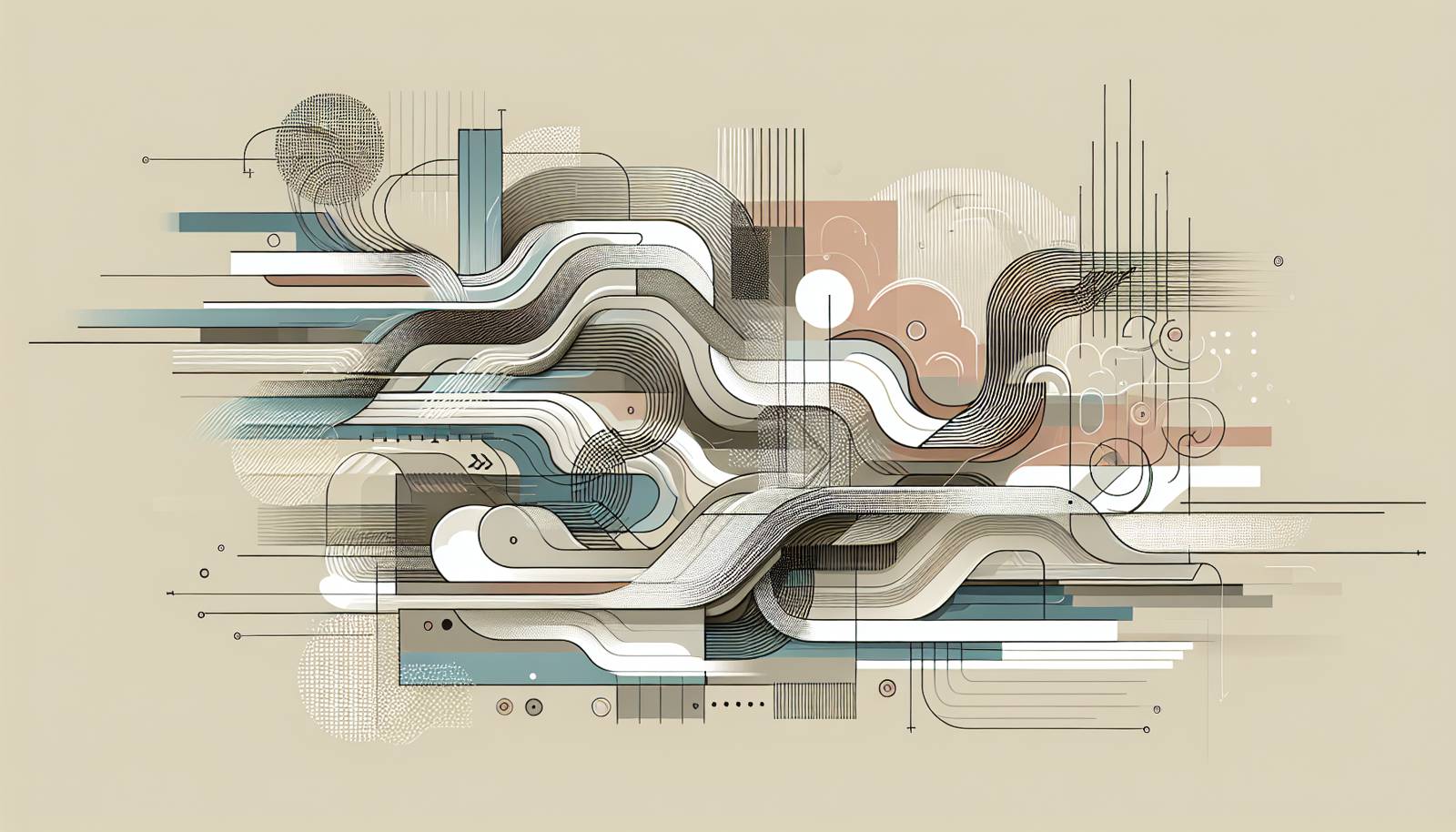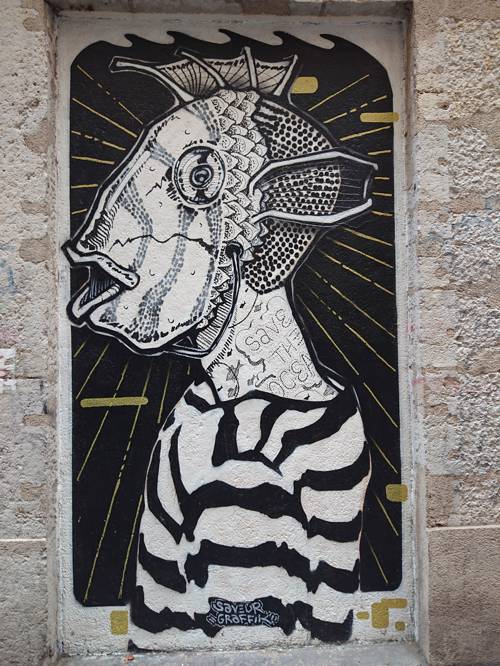
FAQ About Cultural Significance of Digital Street Art

What is digital street art?
Digital street art refers to artworks that are created using digital technology or are presented in a digital format but still resonate with the themes and styles of traditional street art. This may include digital graffiti, augmented reality murals, or virtual installations in public spaces.

How has digital street art influenced urban culture?
Digital street art has significantly influenced urban culture by expanding the scope and accessibility of art in public spaces. It allows artists to experiment with new forms, engage a global audience through the internet, and push the boundaries of what is possible in terms of interactivity and creativity.

What technologies are used in digital street art?
Technologies commonly used in digital street art include digital projectors, augmented reality (AR) applications, virtual reality (VR), and computer graphics software. Artists may also use drones and interactive screens to enhance the experiential quality of their work.

What are some examples of digital street art?
Examples of digital street art include virtual graffiti overlaid through augmented reality apps, large-scale projections on buildings, interactive installations where viewers can influence the artwork in real-time, and animations displayed on digital billboards.

How does digital street art differ from traditional street art?
Digital street art differs from traditional street art in its use of technology as both a medium and a platform for presentation. While traditional street art often involves physical materials like spray paint on walls, digital street art can include projections, digital canvases, and AR elements, allowing for greater experimentation and temporary installations.

Why is digital street art important?
Digital street art is important as it pushes the boundaries of art and public engagement. This form of art democratizes the creation and distribution of art, fosters community dialogues, showcases technological integration in art, and can bring attention to social and political issues in innovative ways.

Can digital street art be considered 'authentic' street art?
Yes, digital street art can be considered authentic street art as long as it maintains the core values of accessibility, social commentary, and public space interaction that traditional street art embodies. The use of digital tools does not detract from its authenticity but rather offers new dimensions and opportunities for expression.

What challenges do digital street artists face?
Digital street artists face challenges such as access to technology and funding, copyright issues related to digital content, and the potential for rapid obsolescence due to technological advancements. Additionally, there may be resistance from traditionalists within the street art community who might view digital elements as diverging from conventional practices.

How do digital street artists gain recognition?
Digital street artists gain recognition through social media platforms, digital art exhibitions, participating in international festivals, and collaborations with other artists or brands that value innovative art forms. Online platforms allow them to reach wider audiences and showcase their work in digital galleries and virtual spaces.

Does digital street art impact graffiti culture?
Digital street art impacts graffiti culture by expanding the medium's possibilities, allowing graffiti artists to experiment with new tools and platforms, and encouraging a fusion of styles. This evolution challenges traditional methods while also enriching graffiti culture with new narratives and techniques.

How is augmented reality used in digital street art?
Augmented reality (AR) is used in digital street art to superimpose digital images or animations onto real-world surfaces, creating an interactive experience for viewers. AR apps can be downloaded on smartphones or tablets, enabling viewers to see digital artworks overlaid on physical environments, transforming how public art is experienced.

What role do online platforms play in digital street art?
Online platforms play a crucial role in digital street art by providing artists with tools to share and distribute their work worldwide, engage with diverse audiences, and build communities. Websites, social media, and virtual galleries enable digital street artists to overcome geographical limitations and heighten visibility.

Can digital street art be permanent?
While some digital street art can be permanent, such as installations on digital screens or permanent projections, many pieces are inherently temporary due to their reliance on technology or internet-based experiences. The impermanent nature of much digital street art also mirrors the transient quality commonly seen in traditional street art.

How is digital street art monetized?
Digital street art can be monetized through commissioned works, partnerships with companies looking for creative installations, limited edition digital art sales (such as NFTs), and online donations or crowdfunding support. Artists may also offer workshops or courses on digital art techniques.

Are there environmental benefits to digital street art?
Digital street art can provide environmental benefits by reducing the need for physical materials such as spray paints, which may contain harmful chemicals. Additionally, projections and AR elements lead to less physical waste and can be powered by renewable energy sources, promoting sustainability.

How do audiences typically interact with digital street art?
Audiences interact with digital street art by using mobile devices equipped with AR apps to view installations, directly engaging with interactive elements through touch or movement, and sharing their experiences on social media. This interaction often creates a more immersive and participatory art experience.

What is the future of digital street art?
The future of digital street art is likely to involve further integration with smart city technologies, increased use of VR and AR, and more sophisticated interactive installations. As technology evolves, digital street art will continue to innovate and challenge traditional boundaries, fostering new forms of public engagement.

Is digital street art accessible to everyone?
Digital street art can be more accessible in terms of viewership, as people worldwide can experience it online. However, access may be limited by the availability of technology like smartphones or AR devices for experiencing the art firsthand, posing a barrier for some individuals or communities.

Does digital street art require special permissions?
Like traditional street art, digital street art often requires permissions, particularly when utilizing public buildings or spaces for projections or installations. Artists may need to work with local authorities to ensure that their work complies with regulations and does not infringe on public property rights.

How do traditional street artists view digital street art?
Opinions among traditional street artists about digital street art can vary. Some view it as an exciting and necessary evolution of the medium, while others might be skeptical about its authenticity or practicality compared to conventional methods. However, there is a growing recognition of the potential for collaboration and innovation.
